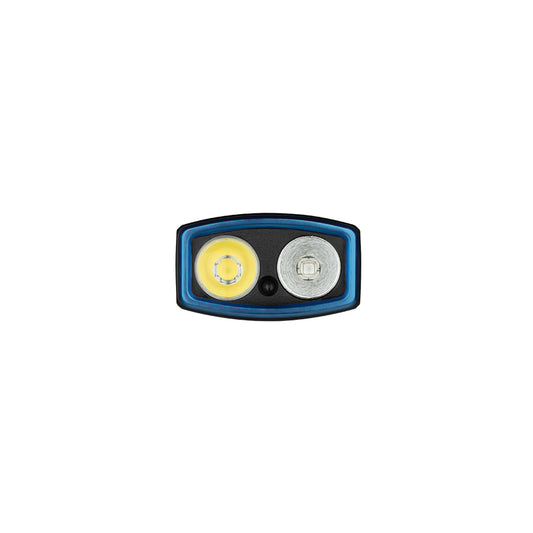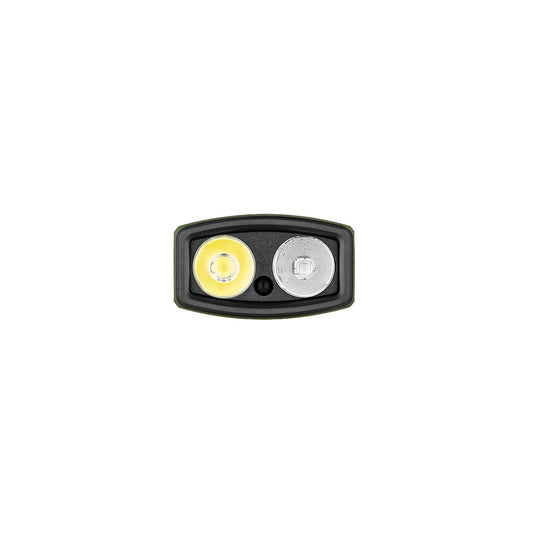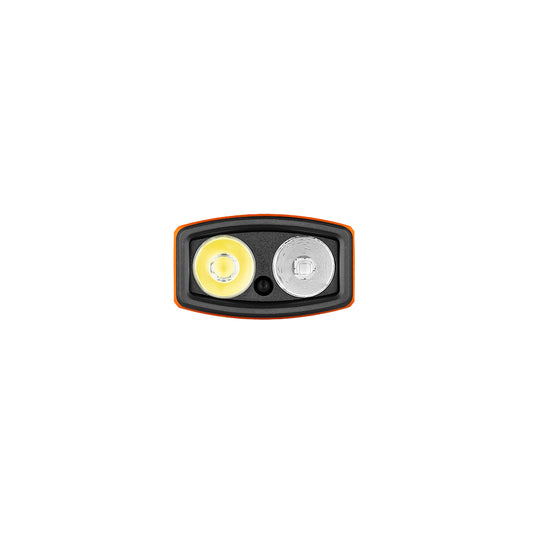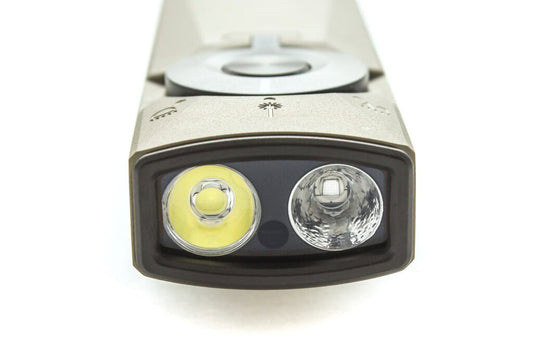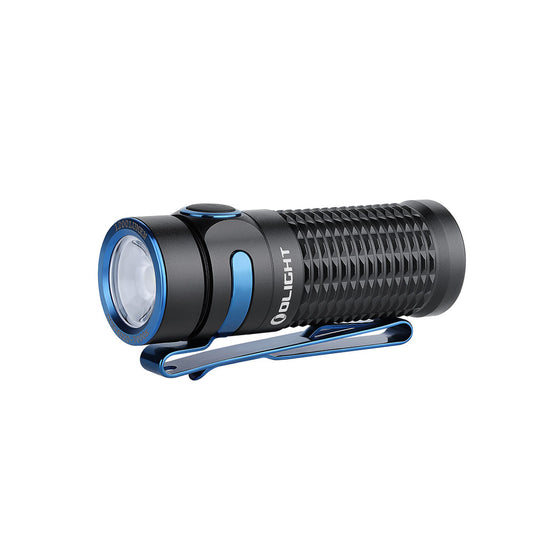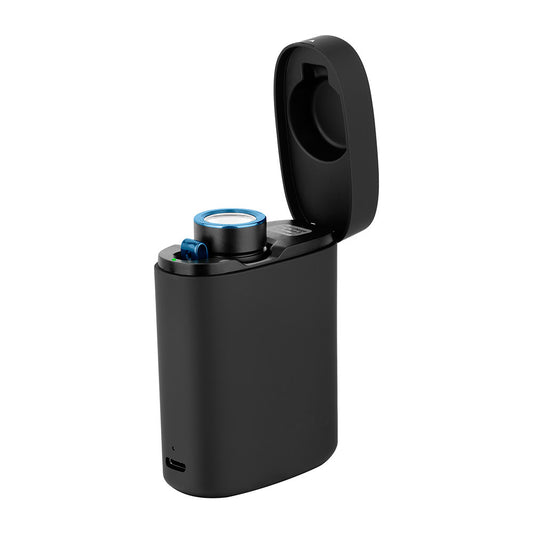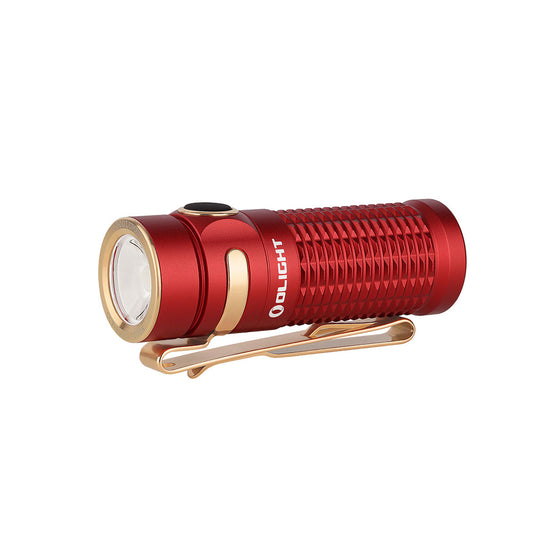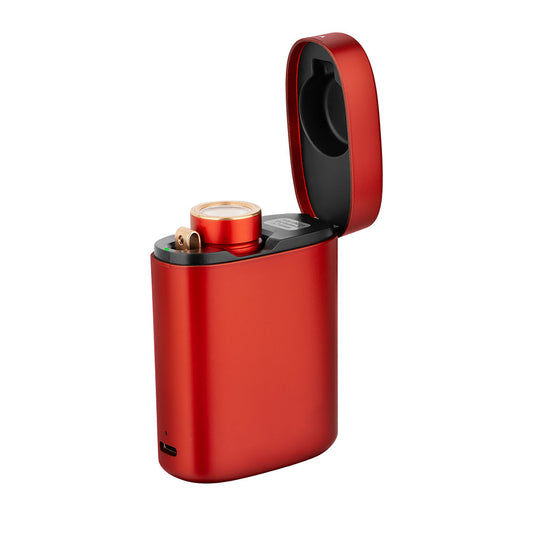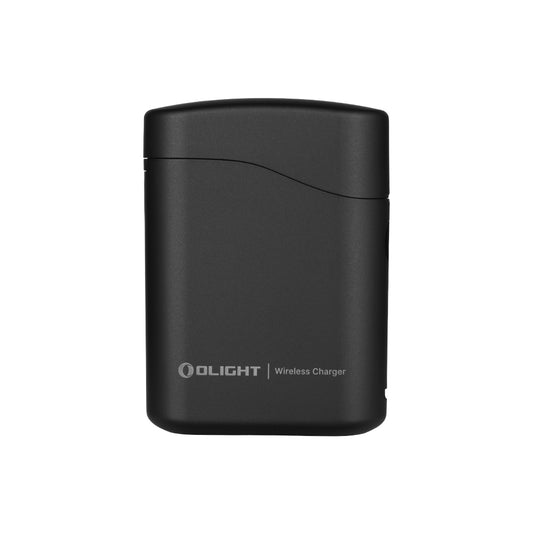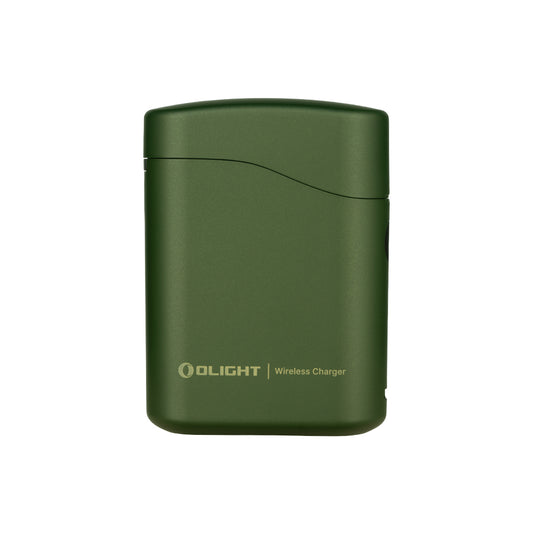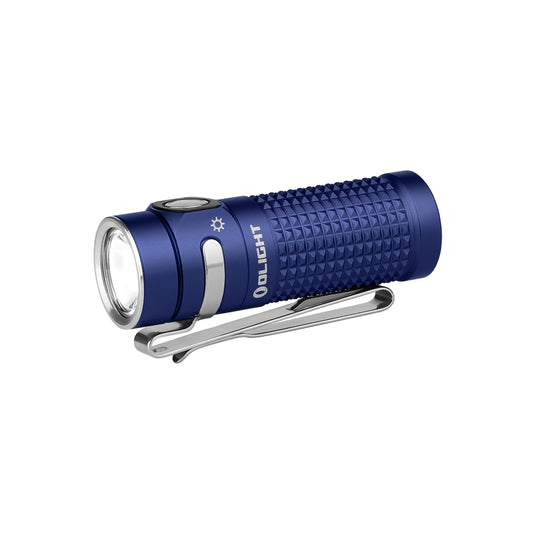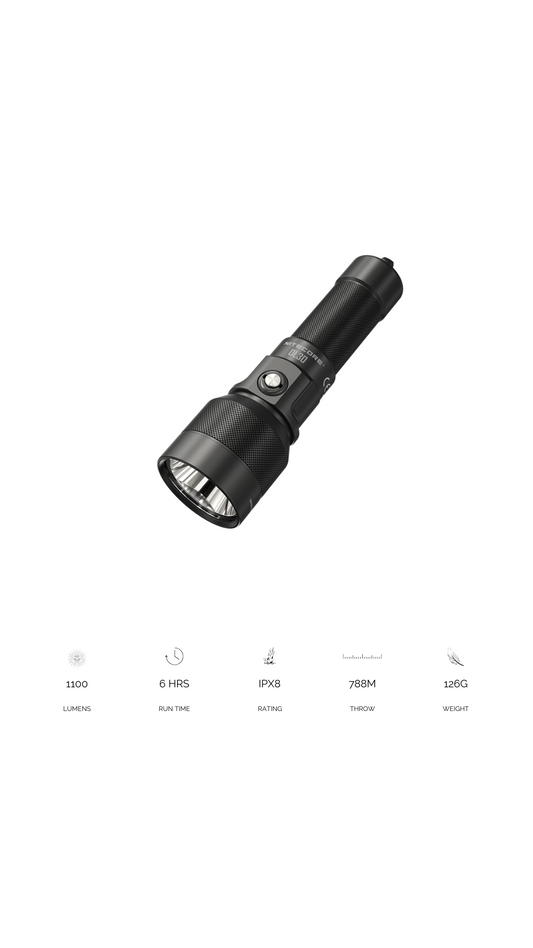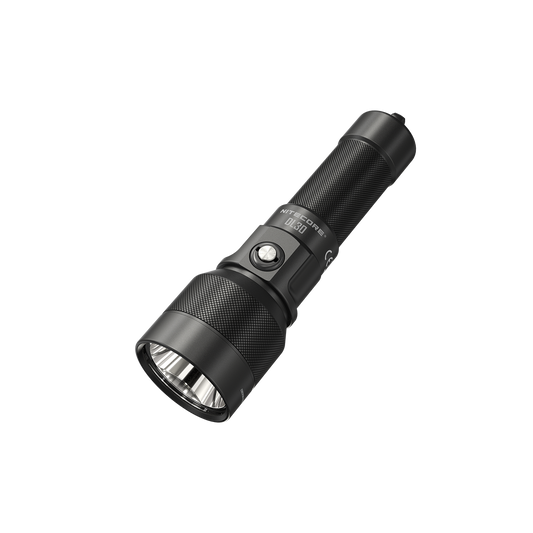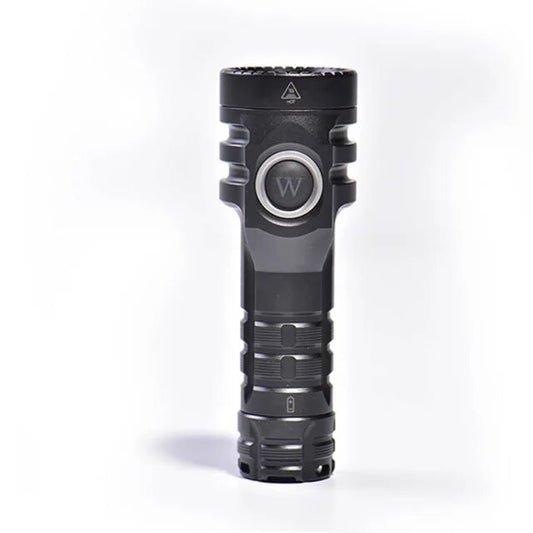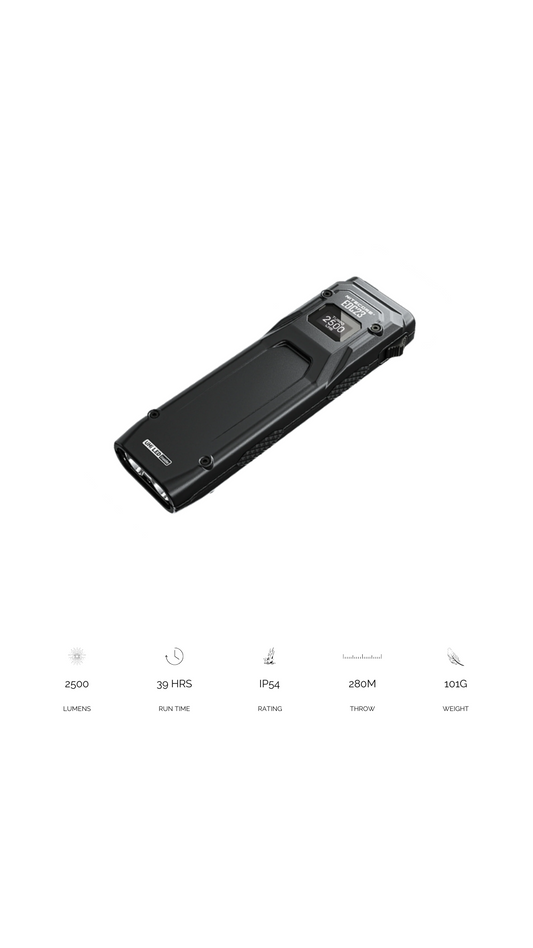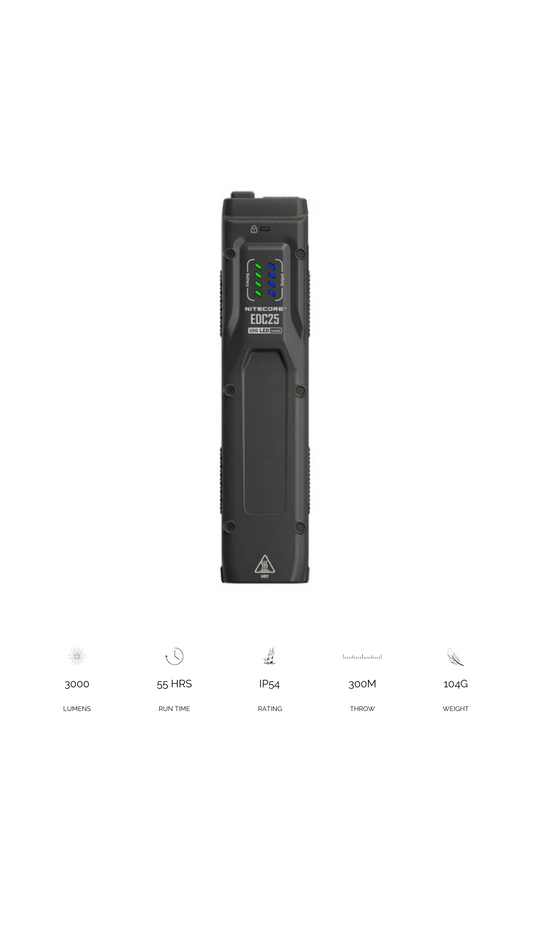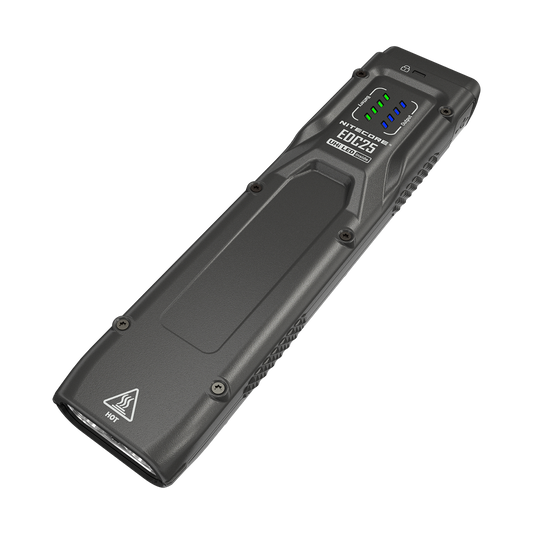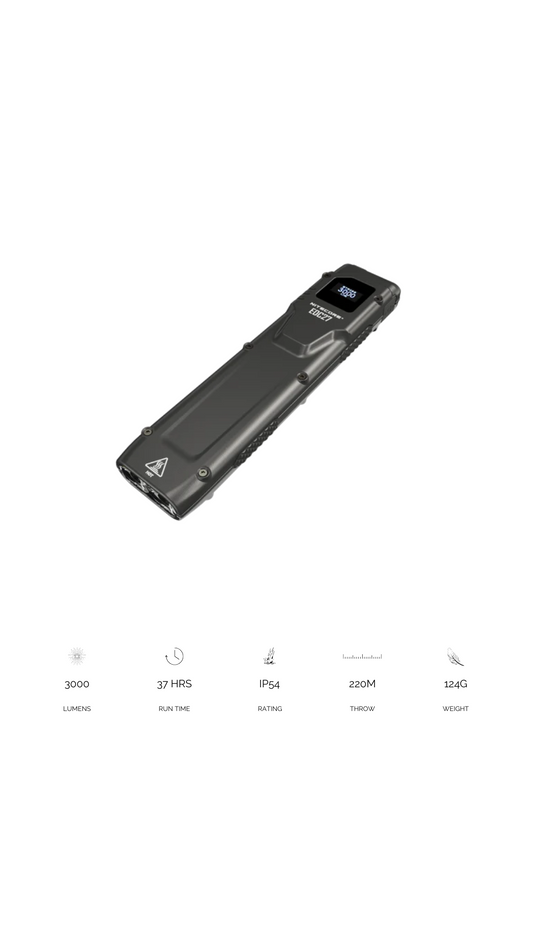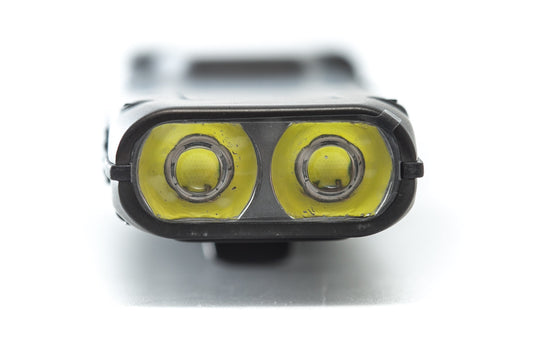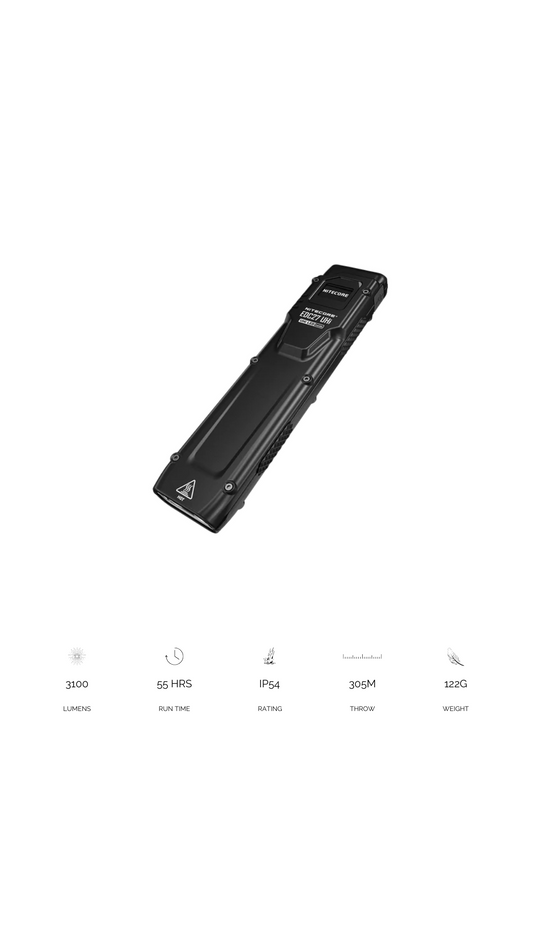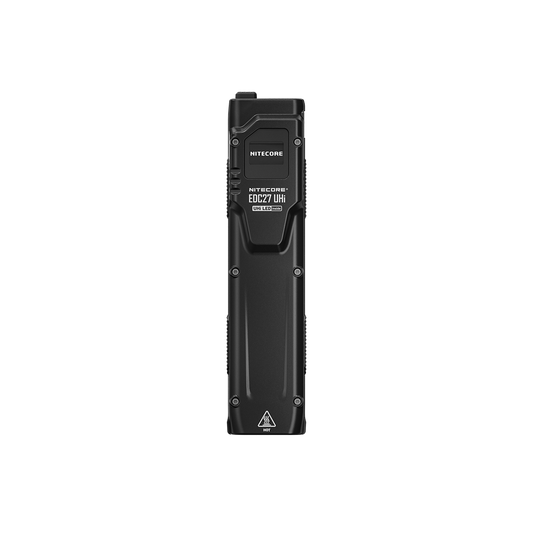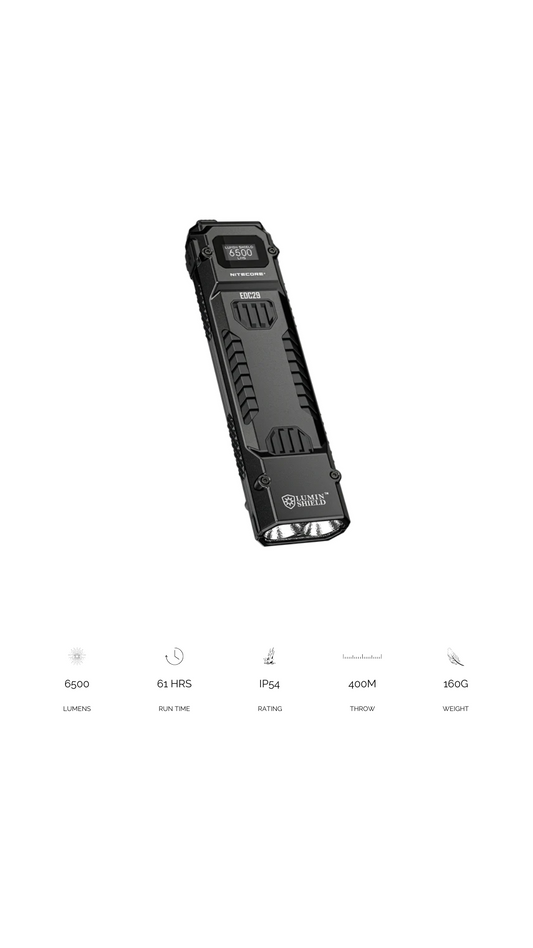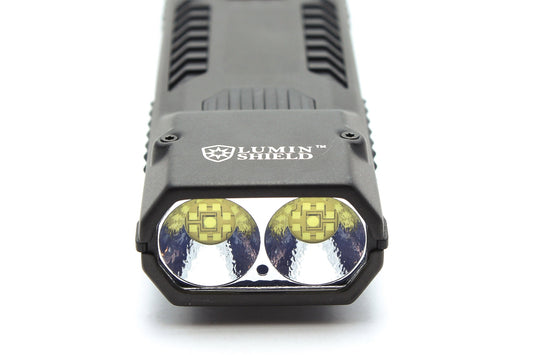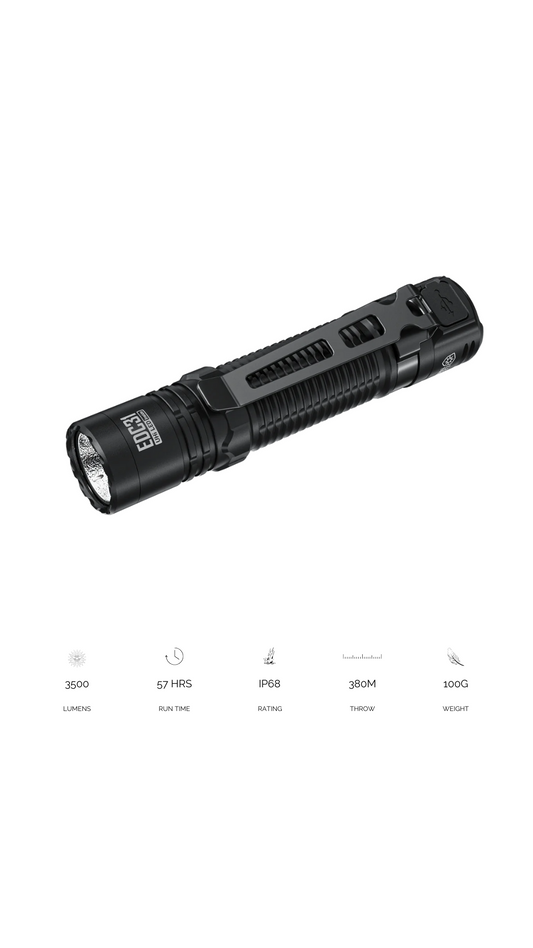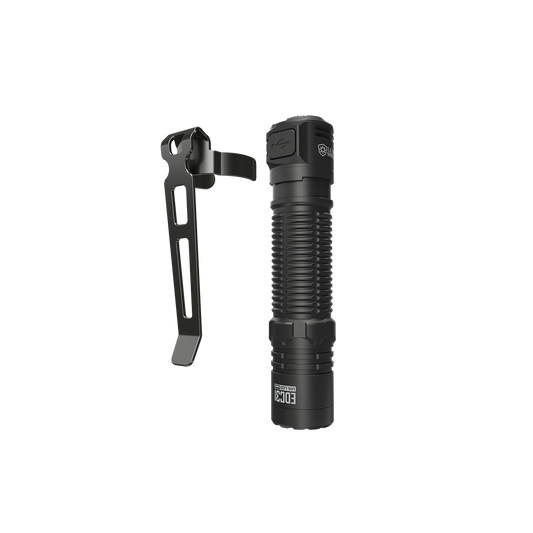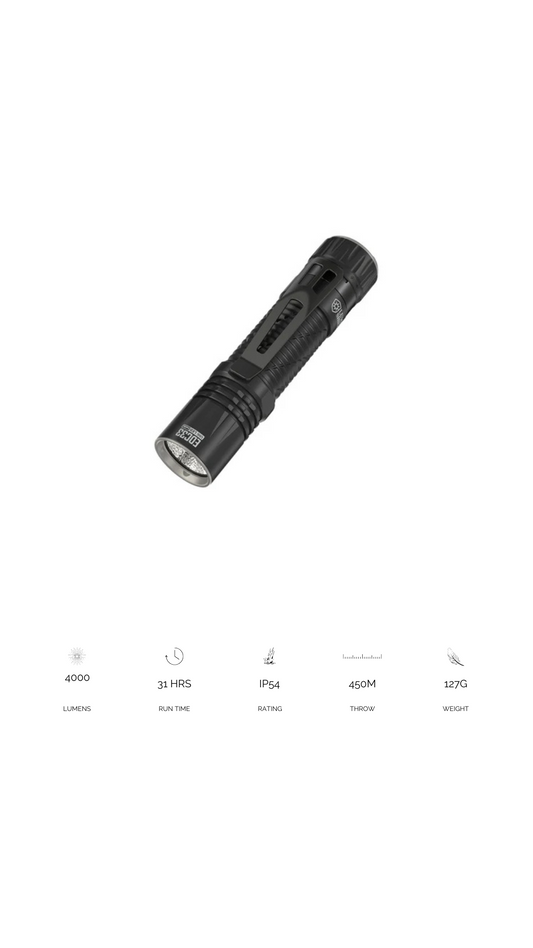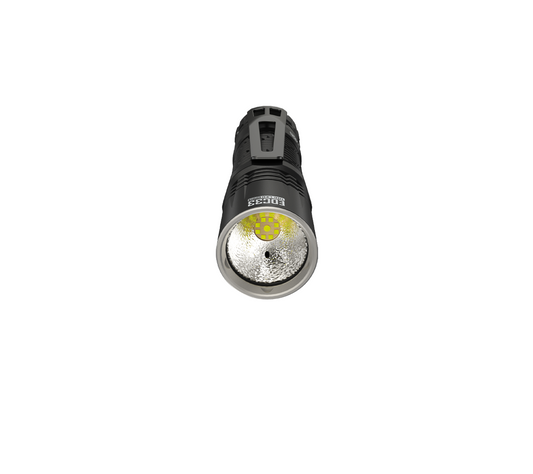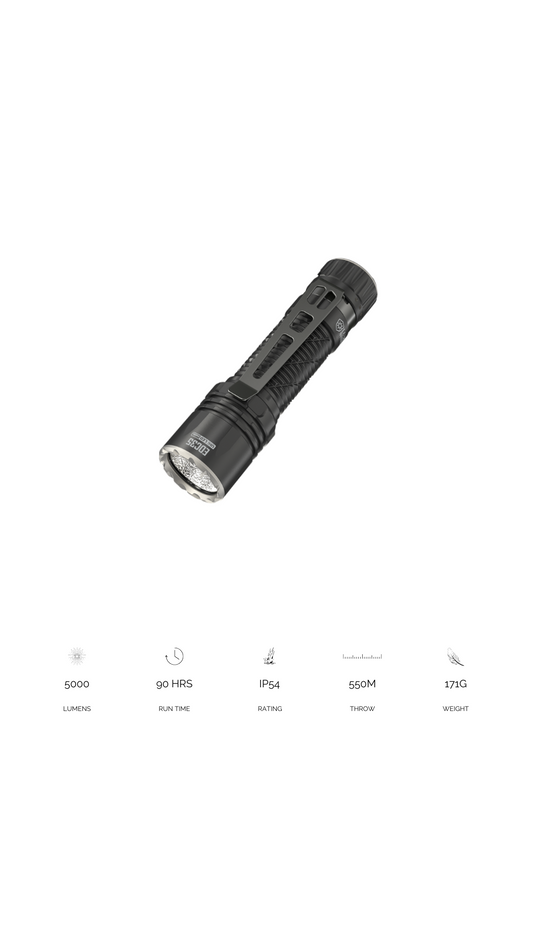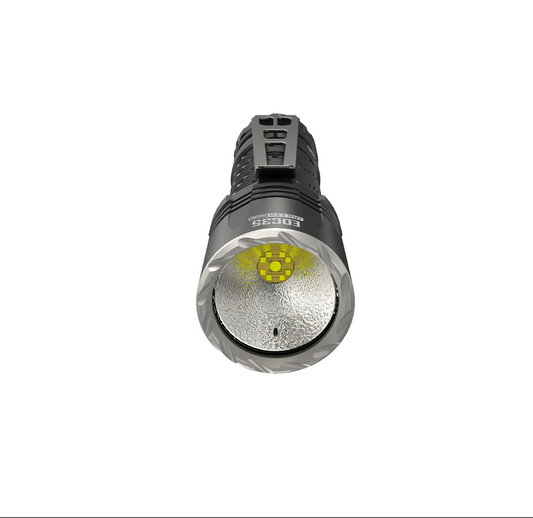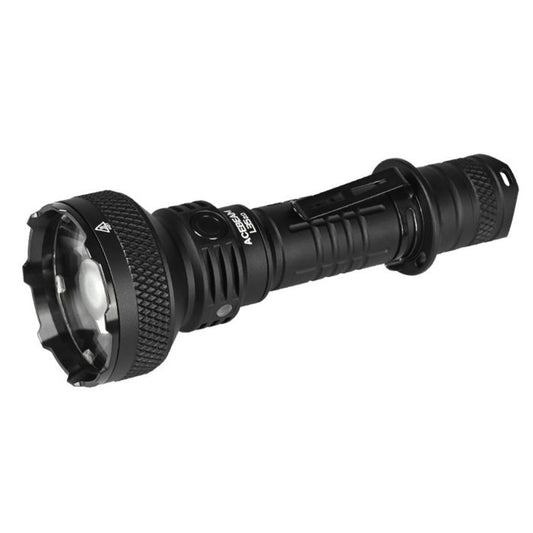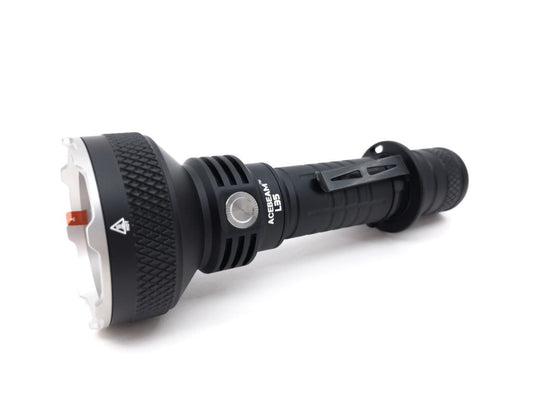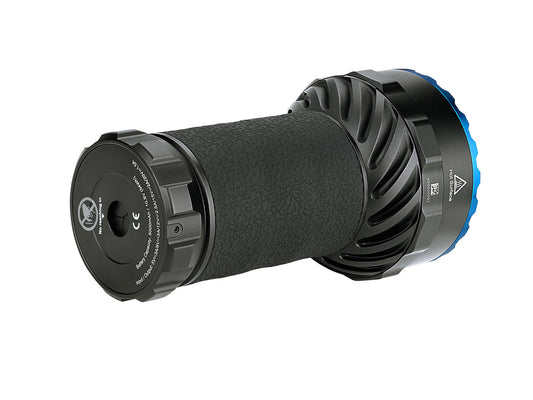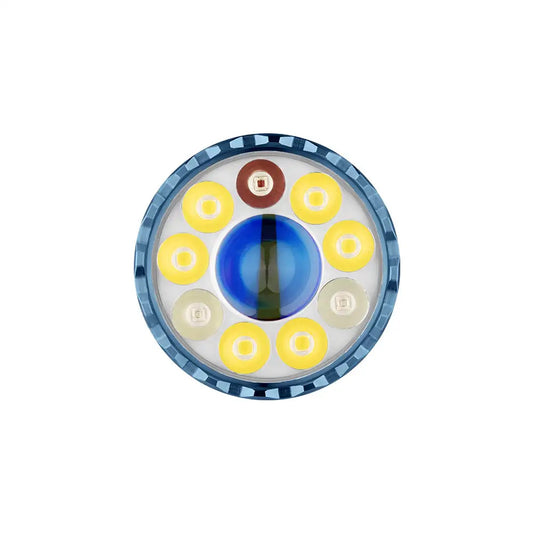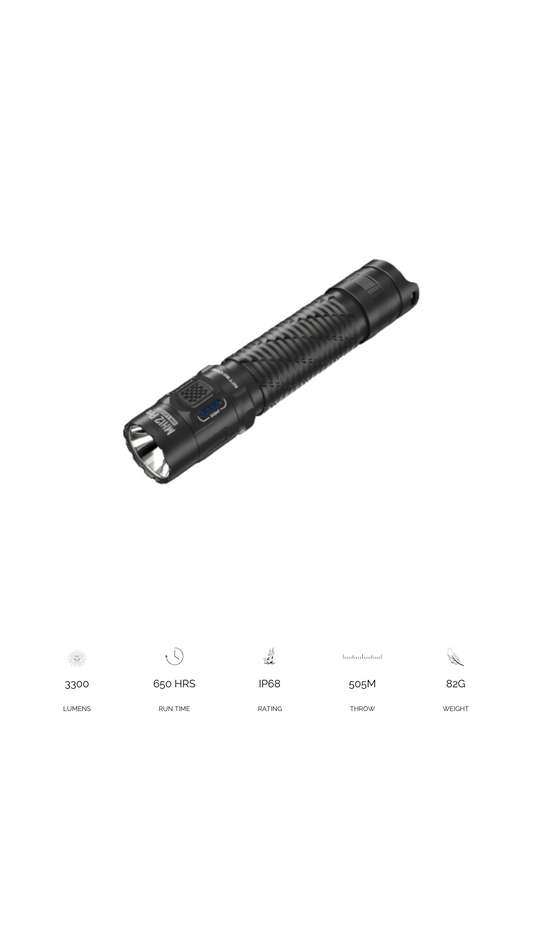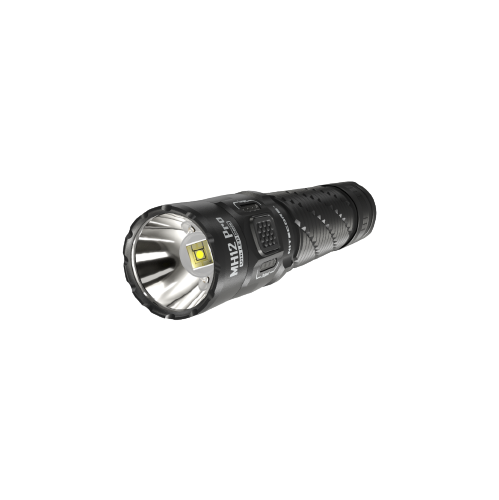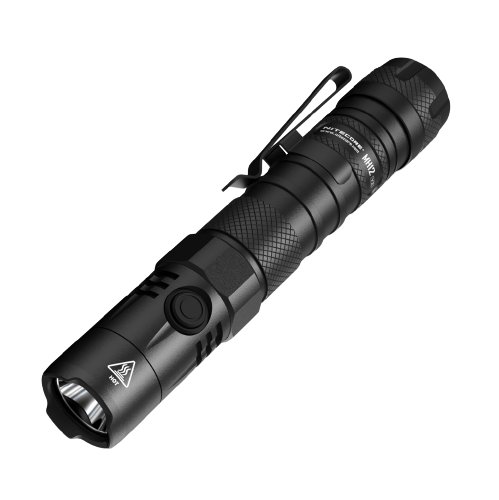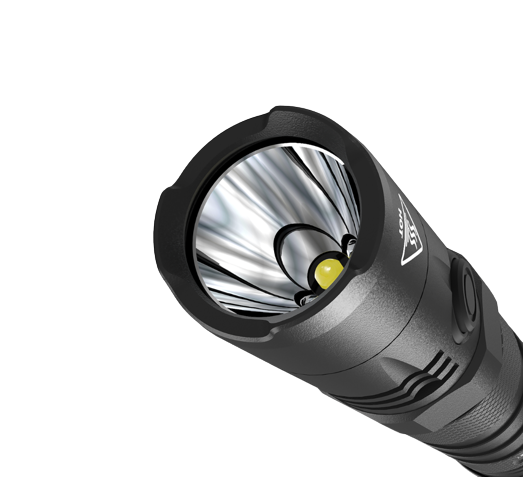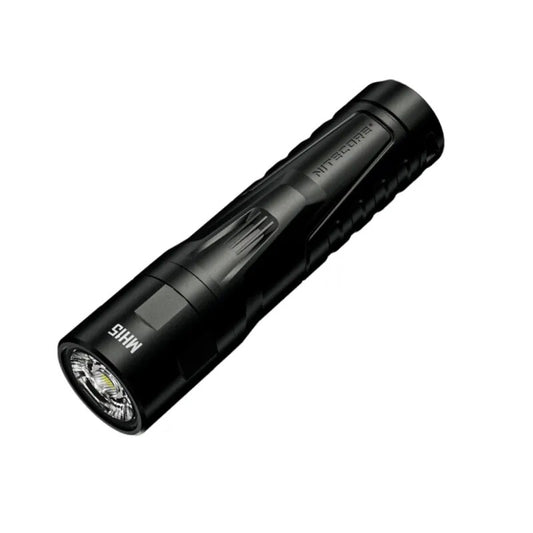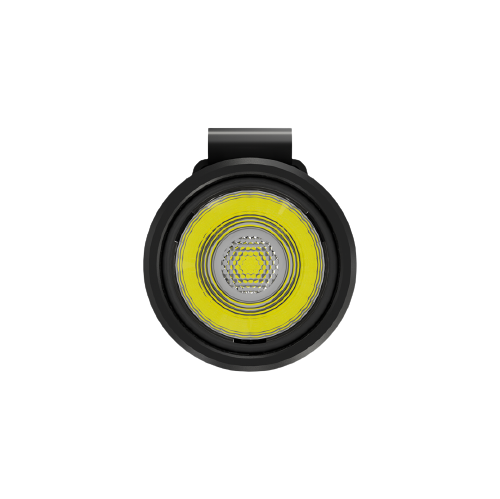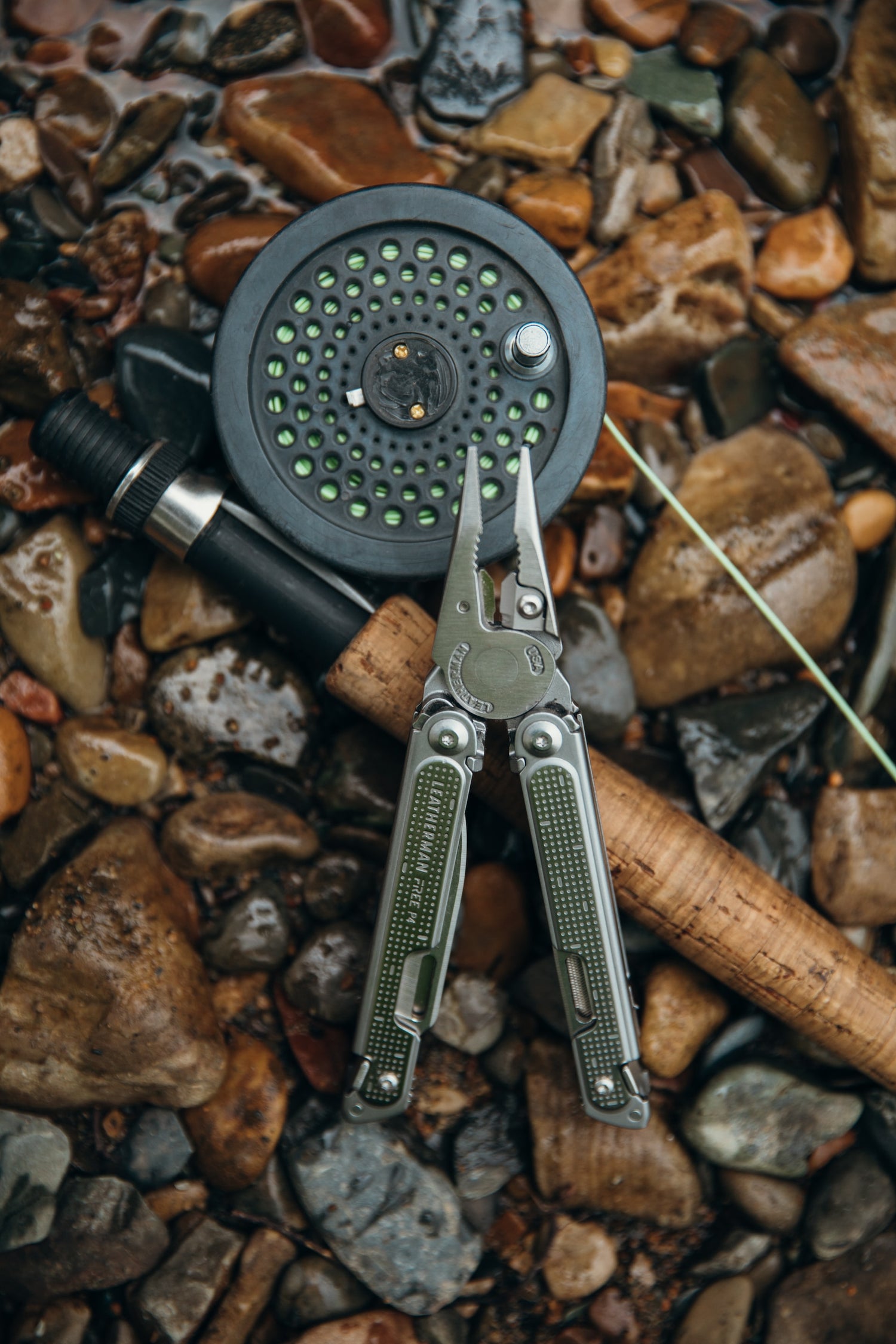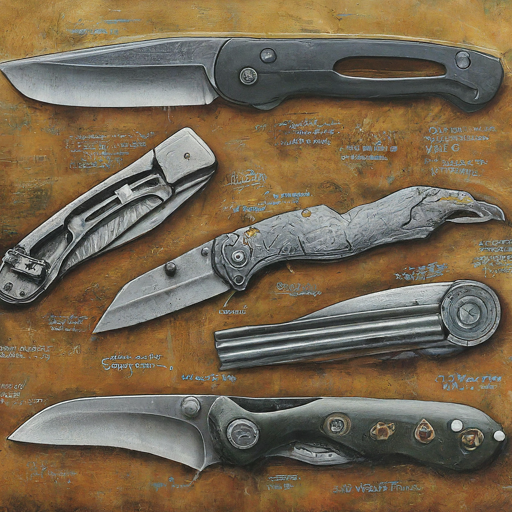
A guide to popular knife lock types
Folding knives, also known as pocket knives, are a popular tool for everyday carry (EDC) or specific tasks. They come in various shapes, sizes, and blade styles, but one crucial feature to consider is the locking mechanism. A good lock keeps the blade securely open during use and prevents accidental closure.
Consider the lock on your pocketknife akin to the security of your front door. You seek a reliable mechanism that wards off risks while facilitating effortless access. A knife's lock must guarantee secure engagement, instilling utmost assurance in the blade's steadfastness. Undoubtedly, the lock constitutes a pivotal aspect of knife craftsmanship, safeguarding against the distress of an unexpected blade closure.
Here's a breakdown of some common pocketknife lock types, each with its advantages and disadvantages:
The Liner Lock: A Simple Yet Effective Mechanism


(images for illustration purposes only)
The liner lock is a widely used and popular locking mechanism found in many folding pocket knives. Its simple design, ease of use, and affordability make it a favorite among knife enthusiasts and everyday users alike. But who perfected this ingenious design?
The Story Behind the Liner Lock
Credit for perfecting the liner lock we see today goes to American custom knifemaker Michael Walker. His key innovation involved a metal bar (liner) positioned inside the handle. This liner is tensioned inward, which serves two crucial functions:
• Keeping the Blade Closed: The inward tension on the liner presses against a small indentation (detent ball) on the handle scale, keeping the blade securely closed when not in use.
• Securing the Blade Open: When the blade is opened, the liner sits behind a notch (lock face) on the blade tang, preventing the blade from accidentally folding back into the handle.
An Interesting Twist: The Public Domain Liner Lock
Here's a fascinating fact (though not officially confirmed): Michael Walker reportedly never defended his patent on the liner lock design. This decision allowed the design to enter the public domain, meaning it became freely available for anyone to use. While Walker may not have received royalties for its widespread use, his contribution to the world of knives remains significant.
Examples of Liner Lock Knives:
The liner lock's popularity is evident in the wide variety of knives that utilize it. Some popular examples include the Banter Series, Civivi Cedar, and the Knafs Lander. These knives showcase the versatility and effectiveness of the liner lock mechanism.
Closing a Liner Lock Knife (One-Handed Operation!)
Liner locks are known for their user-friendliness. Closing a liner lock knife is a simple process that can be done with just one hand:
1. Push the Liner Outward: Locate the liner on the handle (usually opposite the blade) and apply gentle pressure to push it outward.
2. Fold the Blade: As you push the liner outward, the blade will begin to fold back into the handle.
3. Detent Contention: You may feel a slight resistance as the detent ball clicks against the lock face on the blade tang. This indicates the blade is almost fully closed.
4. Complete the Close: Continue folding the blade until it is completely enclosed within the handle.
The liner lock's combination of simplicity, strength, and one-handed operation makes it a reliable and convenient choice for various folding knife applications.
Liner Lock:
Pros:
• Strong and reliable locking mechanism
• Simple design, easy to use and maintain
• Affordable to produce, found on a wide range of knives
• One-handed opening and closing
Cons:
• Can be stiff to open when new (especially for frame locks)
• Not ideal for heavy prying or forceful cutting
The Frame Lock: Strength and Simplicity in a Single Piece


(images for illustration purposes only)
The frame lock is another popular locking mechanism found in high-quality folding knives. Invented by Chris Reeve, it offers a unique approach to blade security.
A Lock Integrated with the Handle:
Unlike the liner lock, which utilizes a separate metal bar inside the handle, the frame lock takes a more minimalist approach. Here's the key concept:
• A section of the handle frame itself is cut out to form a locking bar. This creates a single, integrated piece for both the handle and the lock.
Functioning Similar to a Liner Lock:
Despite its different construction, the frame lock operates similarly to a liner lock. The frame bar is tensioned inward, serving two key purposes:
• Keeping the Blade Closed: Similar to the liner lock, the inward tension on the frame bar presses against a detent ball on the handle scale, keeping the blade securely closed when not in use.
• Securing the Blade Open: When opened, the frame bar engages a notch (lock face) on the blade tang, preventing the blade from accidentally folding back into the handle.
Strength and Reliability:
Frame locks are typically constructed from high-strength materials like titanium or stainless steel. This, combined with the integrated design, makes frame locks exceptionally strong and dependable. They are a popular choice for users who prioritize reliability and durability in their folding knives.
A Word to New Knife Users:
If you're new to using frame lock knives, you might encounter a slight learning curve. Here's a common scenario: you try to open the knife, but it feels stiff. The reason? Your finger might be inadvertently resting on the frame lock, pushing the detent ball into the blade and creating resistance.
Opening Tip:
A simple solution! Move your index finger to the pocket clip (the metal clip on the handle) when opening. This will free up the frame lock and allow the blade to open smoothly.
Closing a Frame Lock Knife (Simple and One-Handed!)
Like liner locks, frame locks are user-friendly and can be closed with one hand:
1. Push the Frame Outward: Locate the frame lock on the handle (usually opposite the blade). Apply gentle pressure to push the frame outward.
2. Fold the Blade: As you push the frame outward, the blade will begin to fold back into the handle.
3. Detent Contention: You may feel a slight resistance as the detent ball clicks against the lock face on the blade tang. This indicates the blade is almost fully closed.
4. Complete the Close: Continue folding the blade until it is completely enclosed within the handle.
The frame lock's combination of strength, simplicity, and one-handed operation makes it a favorite among knife enthusiasts who prioritize a robust and reliable locking mechanism.
Frame Lock:
Pros:
• Exceptionally strong and secure lock
• Sleek and integrated design
• One-handed opening and closing
Cons:
• Can be stiff to open, especially for new users
• More expensive to manufacture compared to liner locks
The Button Lock: Safe and Convenient Blade Control


(images for illustration purposes only)
The button lock, also known as a plunge lock, offers a unique and safe approach to locking blades in folding knives. It's particularly common in automatic knives but is gaining popularity in regular flipper knives as well.
Locking with a Button:
Unlike liner and frame locks, which rely on internal bars, the button lock uses a distinct mechanism:
• A spring-loaded button is positioned on the handle, typically near the pivot point.
• A corresponding cutout is present on the blade tang.
Locking and Unlocking:
When the blade is opened, the cutout on the tang engages with the spring-loaded button, locking the blade securely in place.
To unlock and close the blade:
• Press the button down: This disengages the cutout from the button, allowing the blade to fold back into the handle.
• Fold the blade closed: While holding the button depressed, guide the blade back into the handle.
Safety First:
One significant advantage of the button lock is its focus on safety. Since your finger doesn't need to be on the blade path during closing, the risk of accidental contact is minimized. This makes button-lock knives a good choice for users who prioritize safe knife handling.
Popularity in Regular Flippers:
Traditionally, button locks were mainly found in automatic knives. However, in recent years, companies like WE Knife have begun incorporating them into regular flipper knives. This trend suggests a growing appreciation for the safety and convenience offered by the button lock mechanism. Brian Tighe, another respected knifemaker, is also known for his fondness for this configuration.
Closing a Button Lock Knife (One-Handed or Two-Handed):
The closing method depends on the knife type:
• Automatic Knives: Always use two hands for closing automatic knives with button locks. Depress the button and fold the blade closed while maintaining pressure on the button.
• Regular Flipper Knives: With regular flipper knives, closing a button lock can be done conveniently with just one hand. Push the button down and fold the blade shut, keeping pressure on the button until the blade is fully closed.
The button lock's focus on safety, ease of use, and growing popularity in regular flipper knives makes it a compelling option for those seeking a reliable and secure locking mechanism.
Button Lock:
Pros:
• Safe for closing, fingers stay away from the blade path
• Easy to use with one hand
• Growing popularity of regular flipper knives
Cons:
• Not as strong as a liner or frame locks (especially in automatic knives)
• More complex mechanism, potentially higher maintenance costs
The Slip Joint: A Classic Design for Everyday Carry


(images for illustration purposes only)
The slip joint is a timeless and straightforward folding knife design that has been around for centuries. Its enduring popularity lies in its simplicity, functionality, and traditional appeal.
A Spring-Loaded Mechanism:
Unlike locking knives that employ internal bars for blade security, the slip joint relies on a spring mechanism:
• A tensioned back spring is positioned within the handle.
• This spring applies pressure against the blade tang, keeping it securely closed when not in use.
Opening and Holding:
To open the knife, a nail nick or indentation is located on the blade. By applying pressure on the nail nick, you overcome the spring tension and unfold the blade.
Once open, the back spring engages with a backstop on the blade tang, allowing the blade to be used for various tasks. However, it's important to remember:
• Non-Locking Design: The slip joint is not a locking knife. The spring tension holds the blade open, but enough force in the opposite direction can overcome it, potentially causing the blade to close unexpectedly.
Modern Safety Features:
To address this potential concern, many modern slip-joint knives incorporate a half-stop mechanism. This creates a slight resistance point when the blade is partially open, offering an extra layer of safety and helping to prevent accidental closure.
A Legacy of Everyday Use:
The slip joint design is often associated with traditional pocket knives, like the one your grandpa might have carried. These knives were everyday companions, valued for their practicality and simple construction. While locking knives offer increased blade security, slip joints remain popular for their slim profile, ease of use, and nostalgic charm.
Closing a Slip Joint Knife (Caution Advised!)
Due to the absence of a locking mechanism, closing a slip-joint knife requires care:
• Carefully Fold the Blade: While supporting the blade with your thumb, gently fold it back into the handle until it is fully closed.
• Finger Safety: Always exercise caution during the closing process to avoid accidental contact with the sharp blade.
The slip joint's classic design, portability, and non-threatening profile make it a good choice for everyday tasks and traditional knife enthusiasts. However, users should be mindful of the non-locking nature and prioritize finger safety during closing.
Slip Joint:
Pros:
• Simple and traditional design
• Lightweight and slim profile
• Legal for carrying in some regions with restrictions on locking knives
Cons:
• Not a true locking mechanism, the blade can fold unexpectedly under pressure
• Requires caution when closing due to lack of locking mechanism
The Crossbar Lock (Axis Lock): A Benchmark in Smooth Operation


(images for illustration purposes only)
The crossbar lock, also widely known as the Axis Lock, is a revolutionary folding knife mechanism lauded for its smooth operation and exceptional strength. Invented by Bill McHenry and Jack Williams, this design was subsequently popularized by Benchmade under the trademarked name "Axis Lock." However, the patent on the mechanism has since expired, allowing other manufacturers to utilize it under various names.
A Sliding Lock with an Omega Spring:
Unlike liner or frame locks, the crossbar lock employs a unique locking system:
• A sliding lock bar sits across the handle scales, typically near the pivot point.
• This lock bar is connected to an omega spring, a distinctive spring shaped like the Greek letter omega (Ω).
• The omega spring provides tension on the lock bar.
Locking and Unlocking:
When the blade is opened, the sliding lock bar engages a backstop on the blade tang, effectively locking the blade securely in place. Additionally, the lock bar also functions as a detent when the knife is closed, creating a slight resistance to opening.
Buttery Smooth Operation:
One of the crossbar lock's most celebrated aspects is its exceptional smoothness. The interaction between the sliding lock bar and the omega spring creates a fluid and effortless opening and closing experience. As the saying goes, "You haven't felt joy until you've gotten your hands on a buttery smooth crossbar lock."
A Legacy of Innovation:
While the Axis Lock patent has entered the public domain, Benchmade deserves credit for pioneering this innovative design. Today, various knife manufacturers utilize the crossbar lock under different names, but its core functionality remains the same. A good example is the Knafs Lander 2, which is available with a crossbar lock configuration.
Closing a Crossbar Lock Knife (One-Handed or Two-Handed):
The crossbar lock offers a convenient closing mechanism:
• Pinch the Crossbar: Locate the crossbar on the handle. Using your thumb and index finger from either side, pinch the crossbar to disengage it from the blade's backstop.
• Fold the Blade: As you maintain pressure on the crossbar, fold the blade back into the handle.
• One or Two Hands: Depending on your preference, you can comfortably close a crossbar lock with either one or two hands.
The crossbar lock's exceptional smoothness, robust design, and user-friendly closing mechanism make it a popular choice for knife enthusiasts who value performance and innovation. While Benchmade may not hold the exclusive rights anymore, the Axis Lock's legacy continues to influence the world of folding knives.
Crossbar Lock (Axis Lock):
Pros:
• Exceptionally smooth and easy operation
• Very strong and secure locking mechanism
• One or two-handed closing possible
Cons:
• Patent expired, but original design from Benchmade may be more expensive
• Slightly more complex mechanism compared to liner or frame locks
The Compression Lock: Strength, Safety, and Fidget Factor


(images for illustration purposes only)
The compression lock, a brainchild of knife innovators Spyderco, offers a unique and compelling approach to locking blades in folding knives. This design combines elements of the liner lock with distinct advantages for both strength and user experience.
A Reverse Take on the Liner Lock:
Imagine a liner lock flipped around. That's essentially the concept behind the compression lock:
• A leaf spring is strategically cut from the back of the handle liner.
• This spring functions similarly to the liner in a traditional liner lock, but its placement is reversed.
Locking and Unlocking:
When the blade is opened, the leaf spring engages a corresponding cutout on the blade tang, effectively locking the blade securely in place. Additionally, a detent ball on the liner interacts with a detent hole in the blade tang, providing a secure closure when the knife is folded shut.
Benefits of a Reversed Design:
This reversed placement of the locking mechanism offers several advantages:
• Strength: The compression lock is generally considered stronger than a traditional liner lock. This is due to the way the spring distributes pressure across a larger surface area on the back of the handle.
• Safety: Similar to the button lock, the compression lock keeps your fingers away from the blade path during closing, minimizing the risk of accidental contact.
• Fidget Factor: For some knife enthusiasts, the compression lock offers a satisfying "fidget factor." The ease of disengaging the lock with one hand makes it a favorite for those who enjoy manipulating their knives. Think of it as the best of both worlds: strong and safe, yet fun to play with!
Closing a Compression Lock Knife (One-Handed Convenience):
The compression lock excels in user-friendliness, particularly for one-handed closing:
• Push the Liner Outward: Locate the liner on the back of the handle. Apply gentle pressure to push the liner outward, disengaging the spring from the blade tang cutout.
• Fold the Blade: As you push the liner outward, fold the blade back into the handle.
• One-Handed Advantage: This closing mechanism can be performed smoothly and conveniently with just one hand.
The compression lock's combination of strength, safety, one-handed operation, and satisfying fidget factor make it a popular choice for knife users who prioritize these qualities. Spyderco's innovative design continues to be a valuable addition to the world of folding knife mechanisms.
Compression Lock:
Pros:
• Strong and secure lock, generally stronger than liner locks
• Safe for closing, fingers away from blade path
• One-handed closing and can be satisfying for fidgeting
Cons:
• More complex mechanism compared to liner or frame locks
• May be slightly heavier due to the spring mechanism
The Clasp Lock: A Touch of History with Everyday Functionality


(images for illustration purposes only)
The clasp lock, steeped in history, offers a simple and lightweight locking mechanism for folding knives. While not the strongest option, it provides a functional solution for everyday tasks and carries a touch of old-world charm.
A Design Rooted in Tradition:
The clasp lock boasts a long history, dating back centuries to Spain. Its design is straightforward and visually distinct:
• A pin protrudes from the blade tang.
Locking and Unlocking:
• A rocker arm or "clasp" with a corresponding lock hole is positioned on the handle. This rocker arm can be made of metal or another durable material.
• When the blade is opened, the pin on the tang slides into the lock hole in the clasp, securely holding the blade in place.
Similarities and Differences:
The clasp lock shares some similarities with the back lock, but with a key difference:
• External Lock: In contrast to the back lock, where the locking mechanism is recessed within the handle, the clasp lock keeps the lock pin and clasp exposed on the handle exterior.
Closing a Clasp Lock Knife (Simple and One-Handed):
The closing mechanism of the clasp lock is both intuitive and one-handed friendly:
• Pull the Ring: Locate the clasp, which often features a ring or similar protrusion. Grasp the ring and pull it outwards, disengaging the pin from the lock hole.
• Fold the Blade: As you hold the ring pulled away, fold the blade back into the handle.
Light Duty and Everyday Carry:
The clasp lock, while not known for extreme strength, is suitable for everyday tasks that don't require heavy-duty prying or forceful cutting. Its lightweight design and historical appeal make it a popular choice for those who appreciate simplicity and tradition in their pocket knives.
Clasp Lock:
Pros:
• Simple and lightweight design
• Easy to use and maintain
• Historical significance, especially in regions with a history of clasp lock knives
Cons:
• Not the strongest lock, not ideal for heavy-duty tasks
• Exposed lock and clasp can be prone to snagging or damage
The Friction Folder: A Timeless Design for Everyday Use


(images for illustration purposes only)
The friction folder, a design with roots dating back to the earliest Roman folding knives, offers a simple and legal alternative to locking knives in certain regions. Its enduring popularity lies in its historical significance, ease of use, and ability to comply with knife carry restrictions.
Holding Friction in Place:
Unlike locking knives that employ internal mechanisms, the friction folder relies on a basic principle:
• An extended tang protrudes from the back of the blade when opened.
• The user applies grip to both the handle and the exposed tang.
• This combined grip creates friction between the tang and the handle, keeping the blade held open for use.
A Non-Locking Solution:
The friction folder is classified as a "non-locking folder." This means there's no internal mechanism to secure the blade in place. While this may seem like a disadvantage, it becomes an advantage in areas with laws restricting the carry of locking knives. By using friction alone, the knife remains legal for everyday carry in such locations.
Modern Innovation:
While the basic concept of the friction folder is ancient, modern knifemakers have embraced and refined this design. One prominent example is the Svord brand from New Zealand, known for its high-quality friction folders. These knives showcase the potential of the friction folder design in a contemporary context.
Closing a Friction Folder Knife (Simplicity Itself):
The closing mechanism of the friction folder couldn't be easier:
• Fold the Knife: With a controlled grip on both the handle and the tang, gently fold the blade back into the handle until it is fully closed.
A Legacy of Simplicity and Practicality:
The friction folder's historical significance, legal compliance in certain areas, and user-friendly design make it a compelling option for those who appreciate simplicity and practicality in their everyday folding knives. While it may not offer the same level of security as a locking knife, its long history and legal advantages ensure its continued relevance.
Friction Folder:
Pros:
• Simple and legal alternative to locking knives in some areas
• Easy to use and maintain
• Historical significance, dating back to early Roman folding knives
Cons:
• No locking mechanism; blade can fold unexpectedly under pressure
• Requires more attention and control when using
The Bolster Lock: A Slice of Italian History


(images for illustration purposes only)
The bolster lock, a mechanism found primarily on classic Italian stilettos, offers a unique and historical locking design. While less common than liner or frame locks in modern folders, it remains an interesting example of knife engineering ingenuity.
A Rocker Arm and Backstop:
The bolster lock employs a distinct locking system:
• A rocker's arm is positioned on the handle, typically near the bolster (a reinforcing piece at the blade base).
• When the blade is opened, the rocker's arm engages a backstop on the blade tang, effectively securing the blade in place.
Locking and Unlocking:
The opening and closing mechanisms of the bolster lock are somewhat intricate:
• Closing: A pivoting bolster on the handle acts as the release mechanism. Pressing this bolster disengages the rocker arm from the backstop on the blade tang.
• Detent and Firing Button: A separate mechanism involving a firing button with a lug and a detent hole keeps the blade closed. Pressing the button releases the lug from the detent hole, allowing the blade to be opened. A torsion spring assists in the blade's opening action.
A Touch of Elegance and History:
The bolster lock adds a touch of elegance and historical flair to stilettos. While not the most common locking mechanism today, it reminds us of the diverse approaches to knife design that have emerged throughout history.
Closing a Bolster Lock Knife (Multi-Step Process):
Closing a bolster lock requires following these steps:
1. Press the Bolster: Locate the pivoting bolster on the handle and press it inwards. This disengages the rocker arm from the blade tang.
2. Fold the Blade: With the rocker's arm disengaged, gently fold the blade back into the handle.
3. Firing Button (Optional): Depending on the specific knife design, you may need to press the firing button to release the detent lug and fully close the knife.
A Note on Modern Use:
The bolster lock, with its multi-step closing process, may not be the most practical option for everyday carry in modern times. However, for collectors and enthusiasts of historical knives, it remains an interesting and unique locking mechanism.


